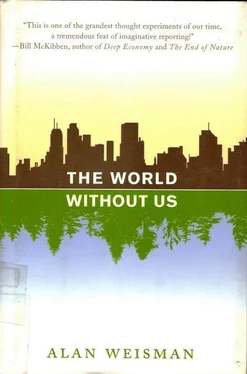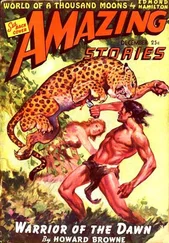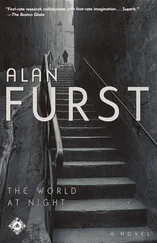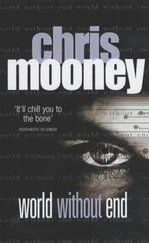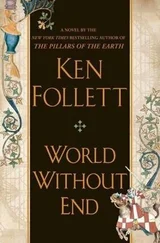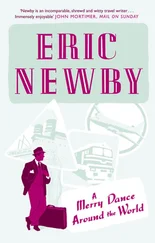Lawes went to Eton and then to Oxford, where he studied geology and chemistry, grew luxuriant muttonchops, but never took a degree. Instead, he returned to Rothamsted to make something of the estate his late father had left to seed. What he did with it ended up changing the course of agriculture and much of the surface of the Earth. How long those changes will persist, even after we’re gone, is much debated by agro-industrialists and environmentalists. But with remarkable foresight, John Bennet Lawes himself has kindly left us many clues.
His story began with bones—although first, some would say, came chalk. Centuries of Hertfordshire farmers had dug the chalky remains of ancient sea creatures that underlie local clays to spread on their furrows, because it helped their turnips and grains. From Oxford lectures, Lawes knew that liming their fields didn’t nourish plants so much as soften the soil’s acidic resistance. But might anything actually feed crops?
A German chemist, Justus von Liebig, had recently noted that powdered bonemeal restored vigor to soil. Soaking it first in dilute sulfuric acid, he wrote, made it even more digestible. Lawes tried it on a turnip field. He was impressed.
Justus von Liebig is remembered as the father of the fertilizer industry, but he probably would have traded that honor for John Bennet Lawes’s enormous success. It hadn’t occurred to von Liebig to patent his process. After realizing what a bother it was for busy farmers to buy bones, boil them, grind them, then transport sulfuric acid from London gasworks to treat the crushed granules, and then mill the hardened result yet again, Lawes did so. Patent in hand, he built the world’s first artificial fertilizer factory at Rothamsted in 1841. Soon he was selling “superphosphate” to all his neighbors.
His manure works—possibly at the insistence of his widowed mother, who still lived in the big brick manor—soon moved to larger quarters near Greenwich on the Thames. As the use of chemical soil additives spread, Lawes’s factories multiplied, and his product line lengthened. It included not just pulverized bone and mineral phosphates, but two nitrogen fertilizers: sodium nitrate and ammonium sulfate (both later replaced by the ammonium nitrate commonly used today). Once again, the hapless von Liebig had identified nitrogen as a key component of amino and nucleic acids vital to plants, yet failed to exploit his discovery. While von Liebig published his findings, Lawes was patenting nitrate mixtures.
To learn which were most effective, in 1843 Lawes began a series of test plots still going today, which makes Rothamsted Research both the world’s oldest agricultural station and also the site of the world’s longest continual field experiments. Lawes and John Henry Gilbert, the chemist who became his partner of 60 years, earning the equal loathing of Justus von Liebig, began by planting two fields: one in white turnips, the other in wheat. They divided these into 24 strips, and applied a different treatment to each.
The combinations involved a lot, a little, or no nitrogen fertilizer; raw bonemeal, his patented superphosphates, or no phosphates at all; minerals such as potash, magnesium, potassium, sulfur, sodium; and both raw and cooked farmyard manure. Some strips were dressed with local chalk, some weren’t. In subsequent years, some plots were rotated with barley, beans, oats, red clover, and potatoes. Some strips were periodically fallowed, some continually planted with the same crop. Some served as controls, with nothing added to them whatsoever.
By the 1850s, it was obvious that when both nitrogen and phosphate were applied, yields increased, and that trace minerals helped some crops and slowed others. With his partner, Gilbert, assiduously taking samples and recording results, Lawes was willing to test any theory—scientific, homespun, or wild—of what might help plants grow. According to his biographer, George Vaughn Dyke, these included trying superphosphate made from ivory dust, and slathering crops with honey. One experiment still running today involved no crops at all, only grass. An ancient sheep pasture just below Rothamsted Manor was divided into strips and treated with various inorganic nitrogen compounds and minerals. Later Lawes and Gilbert added fish meal and farm manure from animals fed different diets. In the 20th century, with increasing acid rain, the strips were further divided, with half receiving chalk to test growth under various pH levels.
From this pasture experiment, they noticed that although inorganic nitrogen fertilizer makes hay grow waist-high, biodiversity suffers. While 50 species of grass, weeds, legumes, and herbs might grow on unfertilized strips, adjacent plots dosed with nitrogen hold just two or three species. Since farmers don’t want other seeds competing with the ones they’ve planted, they have no problem with this, but nature might.
Paradoxically, so did Lawes. By the 1870s, now wealthy, he sold his fertilizer businesses but continued his fascinating experiments. Among his concerns was how land could grow exhausted. His biographer quotes him as declaring that any farmer who thought he could “grow as fine crops by the aid of a few pounds of some chemical substances as by the same number of tons of farm-yard dung” was deluded. Lawes advised anyone planting vegetables and garden greens that, if it were him, he would “select a locality where I could obtain a large supply of yard manure at a cheap rate.”
But in a rural landscape rushing to meet the dietary demands of a rapidly growing urban industrial society, farmers no longer had the luxury of raising enough dairy cows and pigs to produce the requisite tons of organic manure. Throughout densely populated late-19th-century Europe, farmers desperately sought food for their grain and vegetables. South Pacific islands were stripped of centuries of accumulated guano; stables were scoured for droppings; and even what was delicately called “night soil” was spread on fields. According to von Liebig, both horse and human bones from the Battle of Waterloo were ground and applied to crops.
As pressures on farmlands escalated in the 20th century, test plots at Rothamsted Research were added for herbicides, pesticides, and municipal sewage sludge. The winding road to the old manor house is now lined with large laboratories for chemical ecology, insect molecular biology, and pesticide chemistry, owned by the agricultural trust that Lawes and Gilbert founded after both were knighted by Queen Victoria. Rothamsted Manor has become a dormitory for visiting researchers from around the world. Yet tucked behind all the gleaming facilities, in a 300-year-old barn with dusty windowpanes, is Rothamsted’s most remarkable legacy.
It is an archive containing more than 160 years of human efforts to harness plants. The specimens, sealed in thousands of five-liter bottles, are of virtually everything. From each experimental strip, Gilbert and Lawes took samples of harvested grains, their stalks and leaves, and the soil where they grew. They saved each year’s fertilizers, including manure. Later, their successors even bottled the municipal sewage sludge spread on Rothamsted test plots.
The bottles, stacked chronologically on 16-foot metal shelves, date back to the first wheat field in 1843. When mold developed in early samples, after 1865 they were stoppered with corks, then paraffin, and finally lead. During war years, when bottle supplies grew scarce, samples were sealed in tins that once held coffee, powdered milk, or syrup.
Thousands of researchers have mounted ladders to peruse the calligraphy on time-yellowed bottle labels—to extract, say, soil collected in Rothamsted’s Geesecroft Field at a depth of nine inches in April 1871. Yet many bottles have never been opened: along with organic matter, they preserve the very air of their era. Were we to go suddenly, assuming no unprecedented seismic event dashes thousands of glass vessels to the floor, it’s fair to surmise that this singular heritage would survive intact long beyond us. Within a century, of course, the durable slate-shingled roof would begin to yield to rain and vermin, and the smartest mice might learn that certain jars, when pushed to the concrete and shattered, contain still-edible food.
Читать дальше
